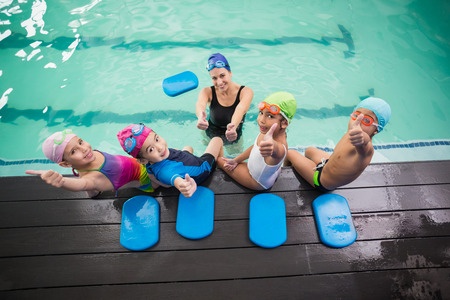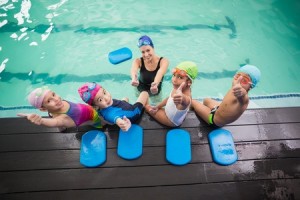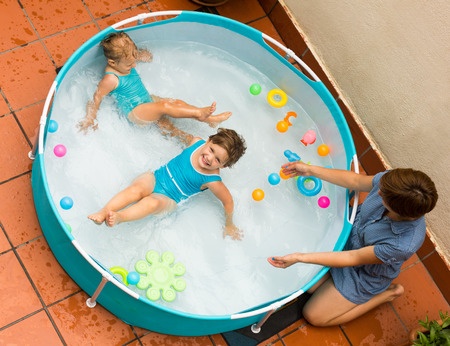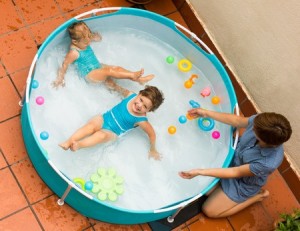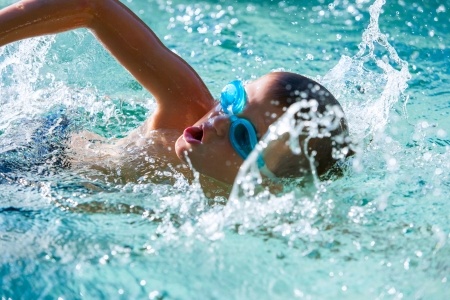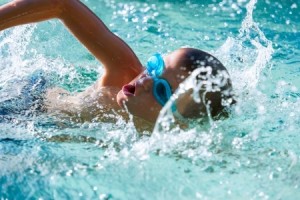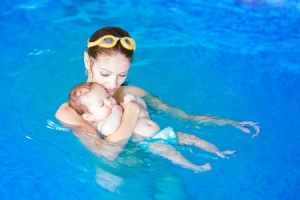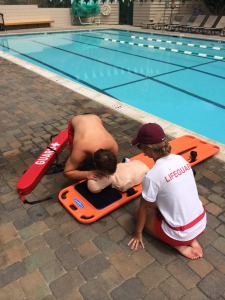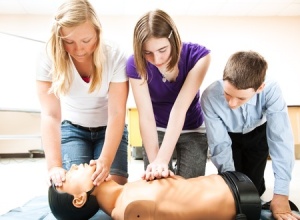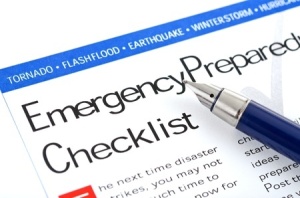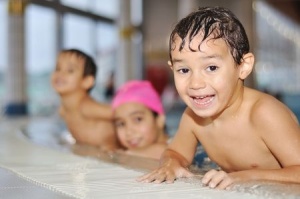
It’s every parent’s worst nightmare – suddenly his or her child’s throat begins to swell and the child can’t breath.
Anaphylaxis is a severe and potentially life threatening allergic reaction. For some, it can occur within seconds or minutes of exposure to an allergen, and it can vary in its severity. According to the Asthma and Allergy Foundation of America, “the most common triggers for anaphylaxis … are medicines, food and insect stings.”
Understanding Anaphylaxis
Not all of those who have allergies will experience anaphylactic shock. This severe reaction happens when an over-release of chemicals puts the person into shock. It is treated with an injection of epinephrine, which is available by prescription to those who have experienced anaphylaxis before.
Anaphylactic shock is particularly concerning for those who care for children because a child may not yet know he is allergic to something, and therefore, he would not be carrying an auto-injector of epinephrine, also known as an Epi-Pen.
Symptoms of Anaphylaxis
When an individual is experiencing anaphylactic shock, it is essential to act immediately. In order to do so, one must be able to identify the symptoms of anaphylaxis:
- Trouble breathing
- Hives or swelling
- Tightness of the throat
- Hoarse voice
- Nausea
- Vomiting
- Abdominal pain
- Diarrhea
- Dizziness
- Fainting
- Low blood pressure
- Rapid heart beat
- Feeling of doom
- Cardiac arrest
However, children may not be able to articulate those symptoms as clearly as adults. Children are more likely to say thing such as my tongue feels heavy, my mouth itches, there’s something stuck in my throat, or my chest hurts.
Treating Anaphylaxis
In our first aid classes, we teach students how to identify anaphylactic shock, administer a dose of epinephrine if it is available, and call for help. If a person is experiencing an allergic reaction, it is essential to get medical assistance immediately. Even if the person’s symptoms subside after receiving epinephrine, they must be seen by a doctor, as a secondary reaction can occur hours later.
At Premier Aquatics Services, we believe in preparing all of our clients with lifesaving skills. From child swim lessons to first aid classes, we provide training all year long. We know how important it is for you and your family to know what to do in the event of an emergency. To enroll in any of our Health & Safety Courses, visit us online.



